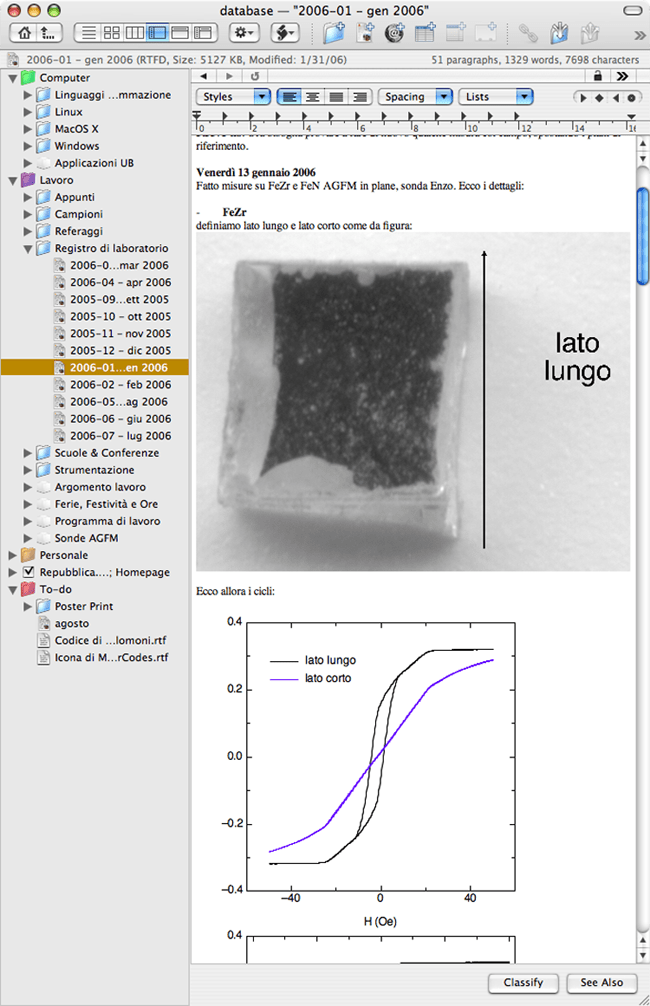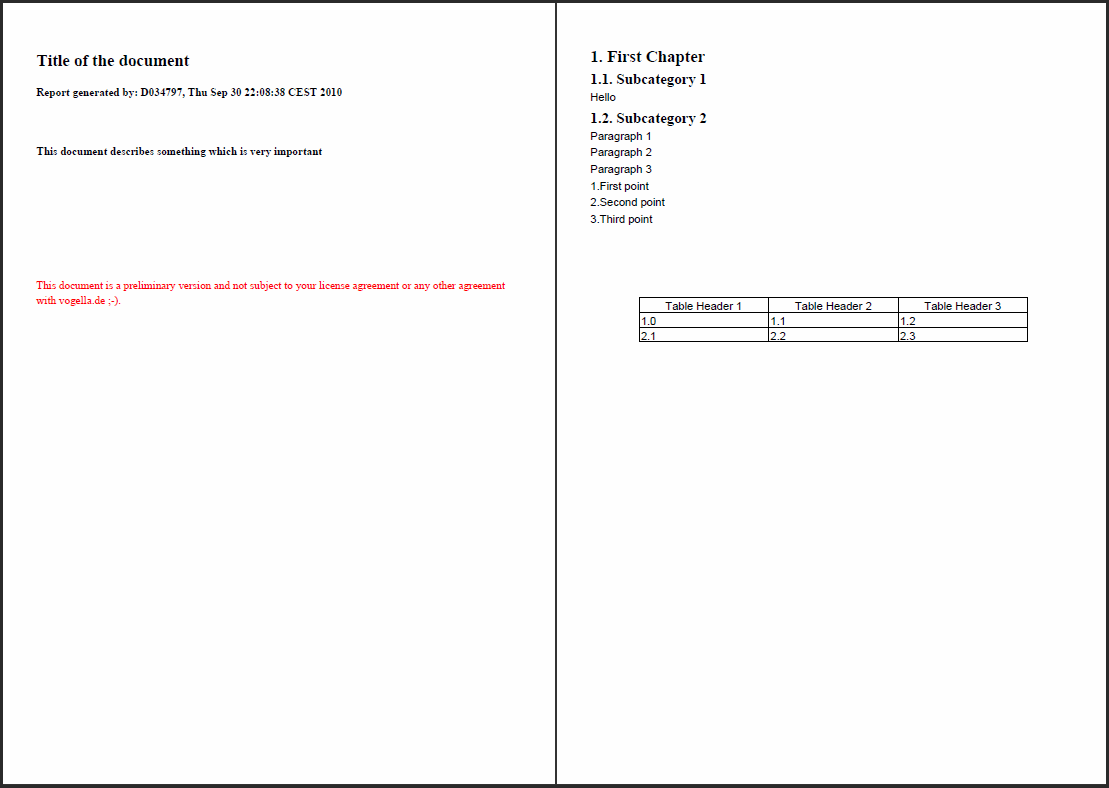

- Devonthink pro write on pdf archive#
- Devonthink pro write on pdf full#
- Devonthink pro write on pdf software#
Notebooks was intended to be a group in which I could collect thoughts and readings about various (rather esoteric) subjects not necessarily related to my PhD. Neither of these really worked out: in the case of the latter I found a better way to write notes to myself, and in the case of the former, I abandoned it altogether. Some of which may find their way into future blog posts. Not that I ever did anything particularly clever with my own outdated version: as the subgroup’s name suggests, I used it as a dumping ground for a small, ragtag and totally unsorted collection of images I found interesting over the years: Images was created before DT updated to version 2, which included an automatic Images group. Of the remaining four groups, Chronologies was the most successful, and I’ll discuss it in the next post. Structurally speaking, I don’t think I’d change this for my next project. On the whole, these two groups worked extremely well for me: they made intuitive sense, and were apposite to my research needs. Nearly the whole database is, of course, searchable: a feature for which I was increasingly thankful the deeper I got into my research and writing.
Devonthink pro write on pdf archive#
With the archives, I generally found it easiest to replicate the tree structure of each individual archive in my own database so, for example, I’ve followed TNA’s own organizational logic: Cabinet Papers (CAB), Colonial Office (CO), Dominions Office (DO) etc., drilling down in the same way you would drill down in the archives themselves: Each seminar, interview, book, journal and archive file has a group of its own everything I know about or learn from that source, and often the source itself in PDF, JPG or DOC form, is in there. Together, those two basic groups contained the bulk of my research material (over 4000 individual items!), both primary and secondary. Though as you can see, I don’t just have traditional archives in there, but also web resources and personal collections: in short, anything that’s a collection of some kind, grouped according to where I physically went and consulted them.

Here are my groups from the National Archives (TNA) at Kew, London: So I have a Research Library group which originally contains my notes on all the books, journal articles and dissertations I read:Īnd an Archives group which contains my notes from all the repositories I’ve consulted. To me (stodgy old historian that I am), a file needs to be anchored in one place: it must have a group which is its original container, no matter where else it might also appear. Some people are happy, therefore, to have files floating freely across many different groups.
Devonthink pro write on pdf full#
I don’t really exploit the full flexibility of DT - how it allows you, for instance, to “replicate” files in many different places such that changing something in one file will change all instances of that file no matter which group it’s in. I suppose I’m a little old-fashioned in my approach to groups. In this post I’m primarily going to discuss the yellow folders, called “groups”: specifically, Archives, Chronologies, Images, Library, Notebooks and +Notes. Some use one database for everything I prefer to allocate one database per project.
Devonthink pro write on pdf software#
(For those who don’t know or use DT, it’s an amazing piece of research management software for Macs, consisting of a smart, flexibly structured database into which one can place all manner of files, web bookmarks, photos and notes. Nevertheless, I thought I’d offer a tour through my PhD database for several purposes: to allow those who are interested in finding out more about DT to get some specific insight into its uses for humanities research to document for myself some of the things I did which worked and didn’t to hear from anyone with more experience in research management systems and perhaps offer something new or different to those who already use DT or something similar. In consequence, it’s a gnarled, twisty and flawed little place (presumably, like the brain whence it sprung). For four years, over the course of my PhD, I mucked about with it: exploring, optimizing, and adding to it–sometimes systematically, sometimes not. Īs some of you know, I am a loyal devotee of DevonThink, and was fortunate enough to have found out about it early on in my research. Hit the RSS if you’re into any of that, I’d probably like to know you - R. I write now and then about history, academia, research tech and bookporn. If you’re dropping by from the mothership, hi! I’m Rachel.


 0 kommentar(er)
0 kommentar(er)
